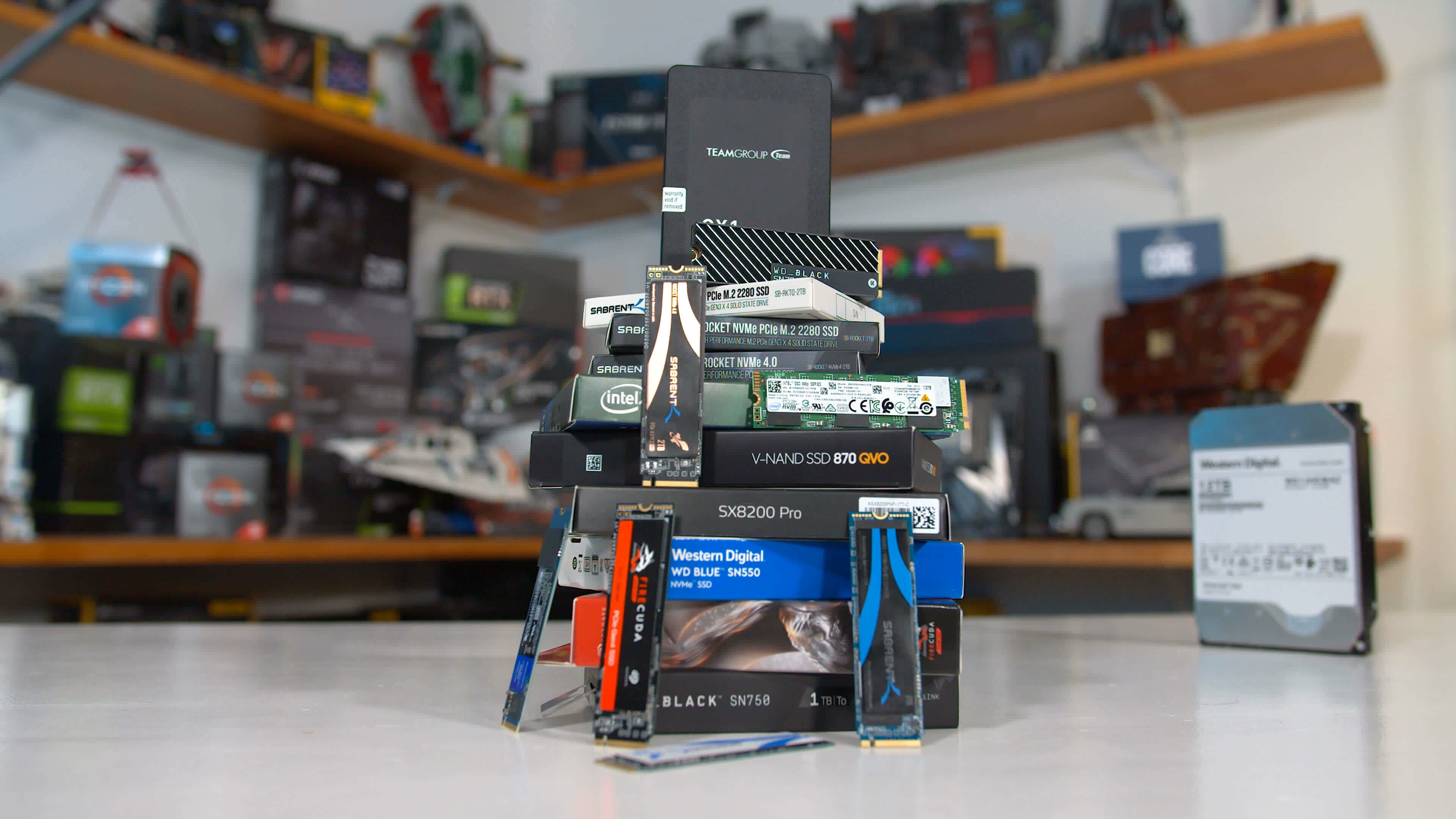Forward-looking: It's not going to make the average hard drive any faster, but adding support for them in the NVMe specification paves the way for speedier ones coming down the pipeline, and for storage as a whole to finally move on from SATA after two decades.

The 2.0 revision of the NVMe (non-volatile memory express) standard brings with it new functionality and improved performance as expected, but it also brings support for the humble hard drive.
The SATA III interface currently used by all HDDs and many SSDs is showing its age more and more by the day. Last significantly updated in 2008, its maximum throughput of 600 MB/s has become a performance bottleneck for SSDs, while the NVMe spec allowed them to reach their full speeds via the high-bandwidth PCIe interface.
Now, NVMe is adding support for "rotational media" (or hard drives, to you and me) as well. Current HDDs are still limited by the actuation speed of the read and write arms within the drive itself -- most are still far from saturating a SATA III interface the way an SSD can. Then again, some like Seagate's new Mach.2 can come close, with its up to 524 MB/s of sequential transfers impressive for so-called "spinning rust," and even treading on the toes of budget SATA SSDs.
As HDD sizes continue to balloon in response to server and datacenter demands, dual-actuator drives like the Mach.2 could grow more common, but for consumers, the most tangible benefit is going to be the simplification of storage devices to a single solution. Between the 2.0 revision adding support for hard drives, and its overhaul into a modular specification, the clear intention is for NVMe to become the universal interface for storage drives, unifying interfaces and perhaps making more room available on ever-crowded consumer motherboards.
Then again, as much as the NVMe standard is preparing for "Life After SATA," it's likely to be a while until HDDs bearing the interface start shipping and selling in volume, and longer still until they start fully replacing their SATA counterparts in the consumer space.
The NVMe 2.0 revision also introduces a number of SSD-specific features primarily aimed at improving control, endurance and overhead, and of particular note is the introduction of Zoned Namespaces (ZNS), allowing for both drive and host to decide on the physical placement of data on the drive to help increase capacity and performance. And, as expected, it'll remain backwards-compatible with earlier generations of the specification.
https://www.techspot.com/news/89953-even-hard-drives-get-use-super-fast-nvme.html